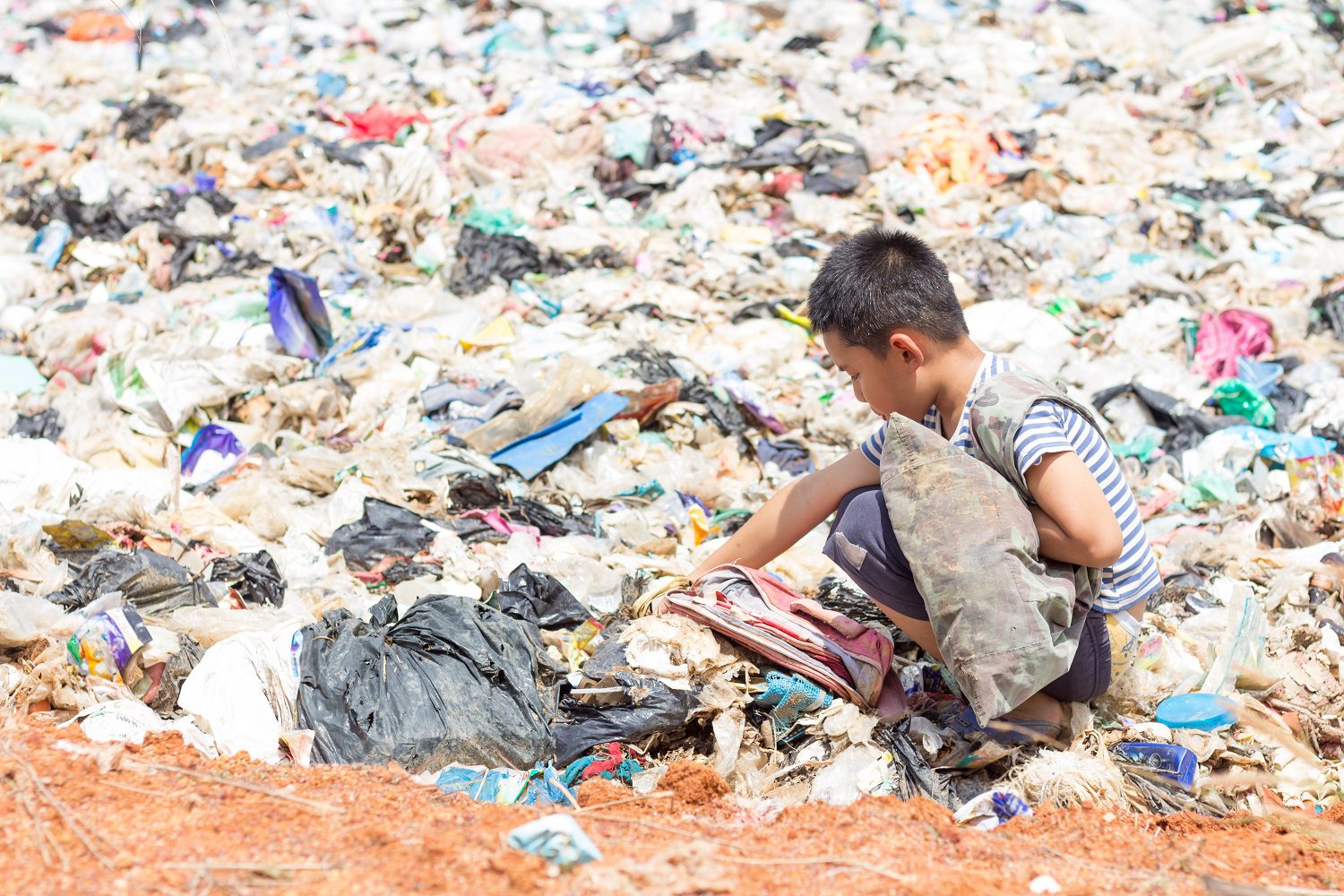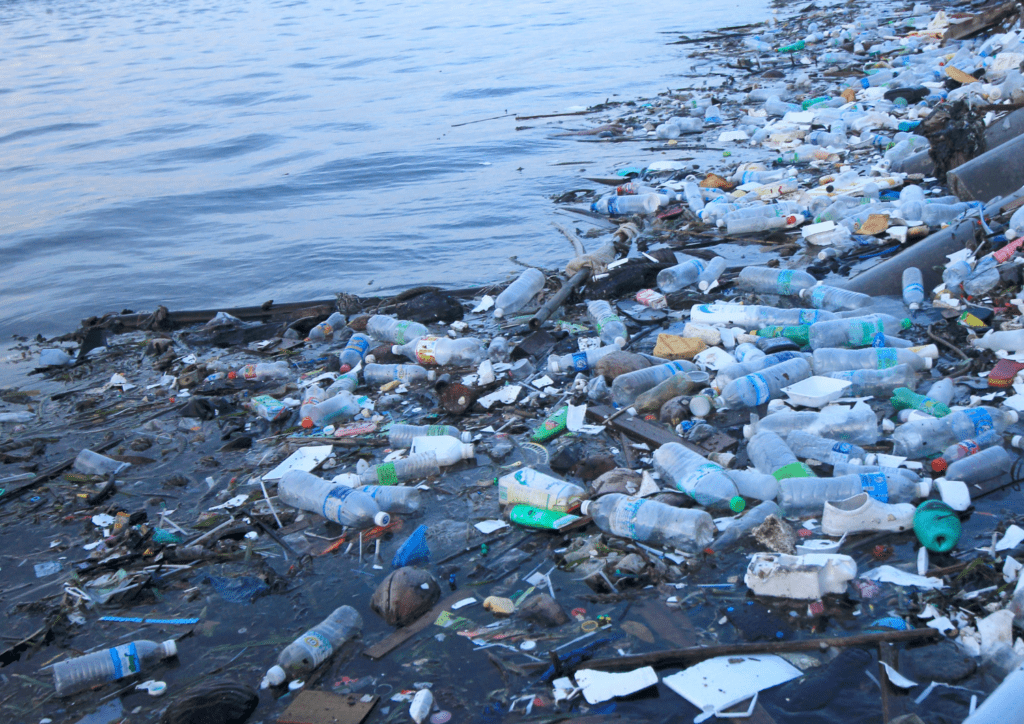Don’t kid yourself, Asian countries are not the only culprits for plastic pollution
Few disagree that there is a plastics crisis on our hands. Every minute, the equivalent of one garbage truck filled with plastic waste is dumped in our oceans. It’s appalling and shameful.
Of course, no one wants to take ownership of their contribution to this environmental disaster. That’s why it’s easy to shift the blame elsewhere. But if you think plastic pollution is predominantly Asia’s problem to solve, you’re sadly mistaken.
Watch the Water Brothers debunk our first plastics myth!
Canada needs to take responsibility for its plastic pollution
Sure headlines such as Five Asian Countries Dump More Plastic Into Oceans Than Anyone Else Combined, Asian nations among worst ocean polluters aim to curb plastic debris, and Canada isn’t the problem when it comes to plastic pollution are dominating the media.
But when you actually take a second to look at the bigger picture, you’ll see that Canada is one of the highest producers of waste per capita with only 9 per cent of our plastic waste actually being recycled! And this is a generous estimation because Canada considers the plastic waste it sends to Asia as recycled material. But recycling rates worldwide are dismal. And for the plastics industry who wants to keep making more plastic, low recycling rates are good for business.
Rather than take any ownership and be a part of a solution, the plastic industry would rather shift the blame on someone else. First the blame was put on individuals for not recycling properly. But fewer people are buying into that poor rhetoric. Now, the most recent scapegoat is Asia!
The plastics industry continues to spread misinformation
A study from 2017 estimated (with a high level of uncertainty) that only 10 rivers carry over 90 per cent of river-based plastic pollution; most of these rivers are in Asia. This estimation is often misinterpreted by the media as if 90 per cent of all plastic pollution comes from these 10 rivers. However most plastic pollution comes from coastal cities and towns – worldwide. Blaming Asia is a convenient distraction from the main culprit: the plastics industry.
We should also consider that China, for the last 30 years, has imported about half of the plastic waste generated worldwide. Other countries like Malaysia, Philippines and Indonesia have also taken a share of the plastic waste from the developed world, including Canada. Unfortunately, most of this plastic is of low value or too contaminated, meaning it can’t be recycled. Whatever can’t be recycled may end up in the environment (maybe even those 10 rivers we hear about) because of the lack of effective waste management infrastructure.
Canada has contributed to Asia’s plastic waste issue
Remember the embarrassing scandal Canada was recently caught in for mislabeling crates of garbage as recyclables sent to the Philippines and Malaysia? Those lovely crates of rotting waste will be sent back this way very soon, leaving the government to finally clean up its own mess. Canada will have to move quickly to manage all this plastic waste since importing it to Asia is no longer an option.
So we need to push back on the industry myth of plastic pollution being a result of poor waste management practices from Asian countries. Plastic pollution is Canada’s problem too. Our Great Lakes swallow about 10,000 tonnes of plastics every year. That is surely not Asia’s fault.
The first step to stop plastic polluting our environment and accumulating in landfills is to reduce the amount of plastics we produce, reduce the amount of plastics we use and reuse much more than we currently do.








